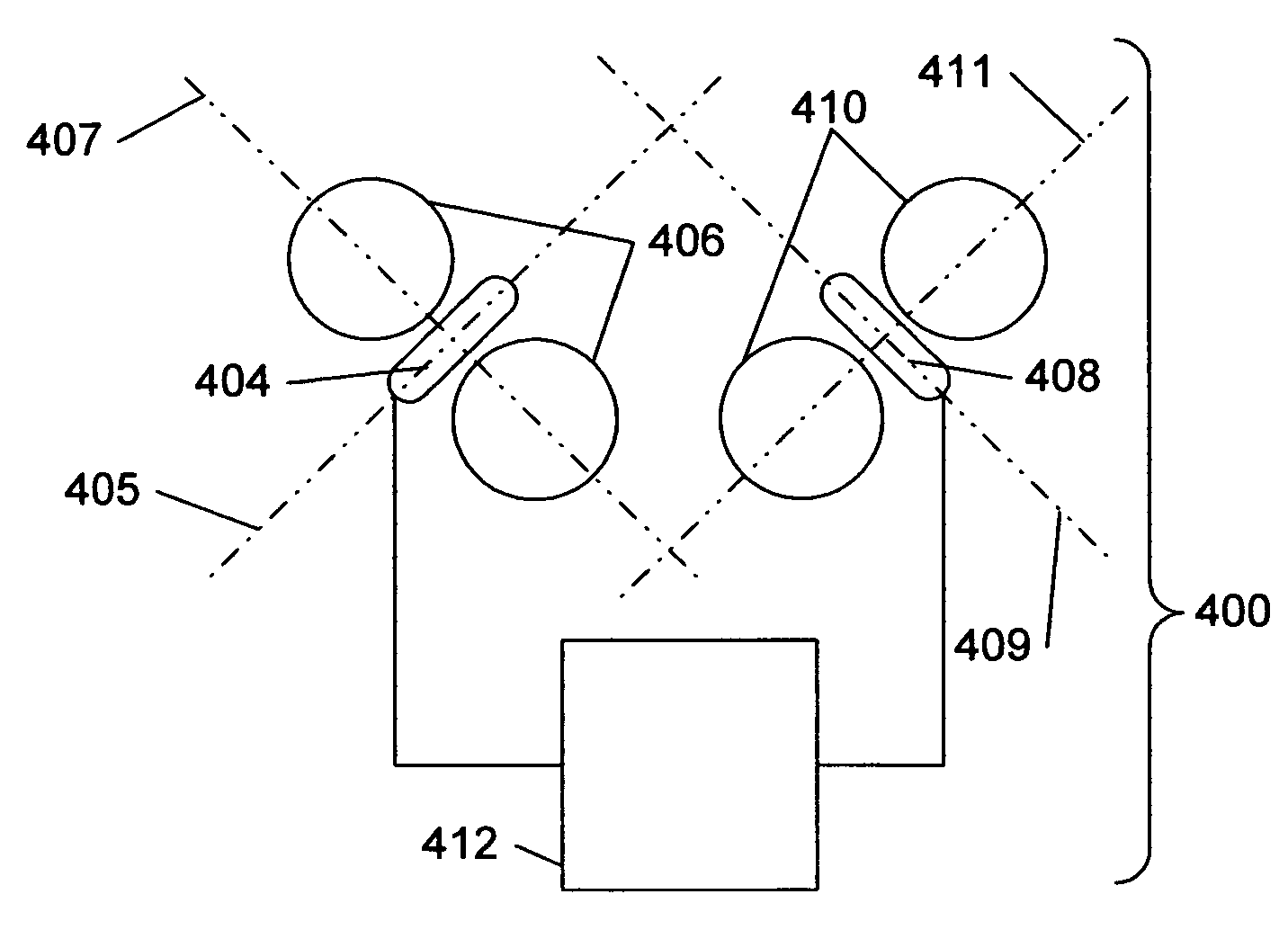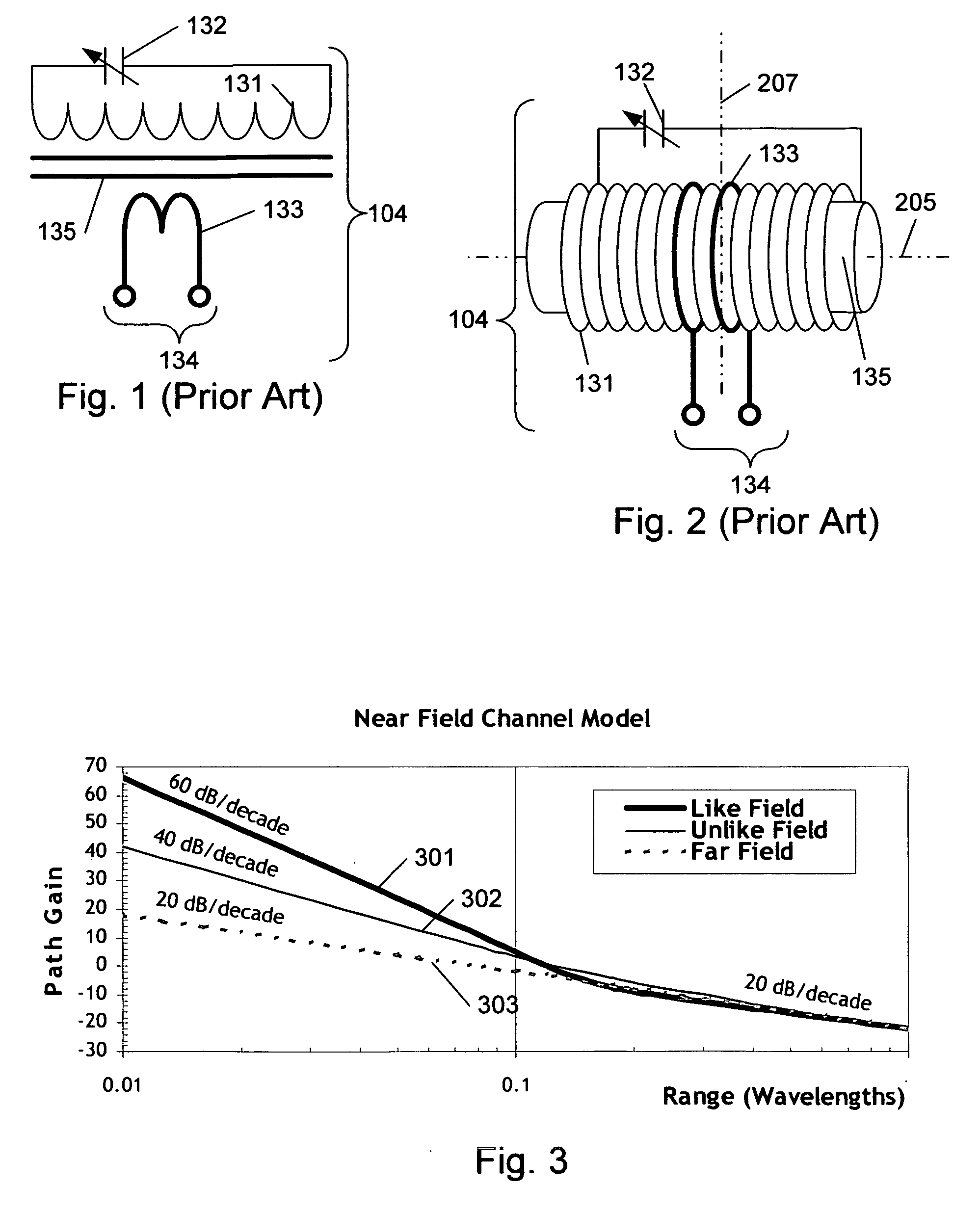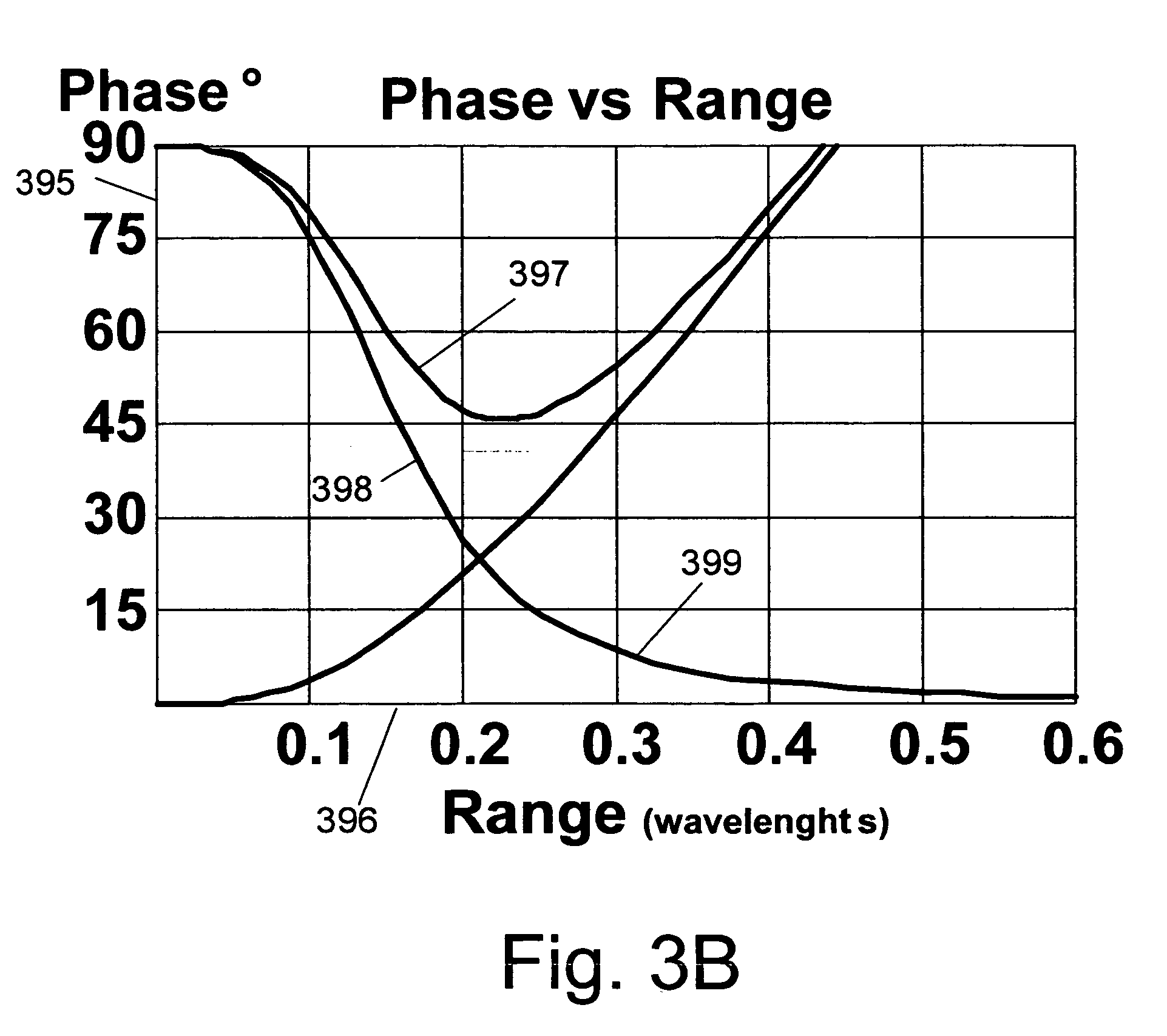Near field location system and method
a near field and location technology, applied in the direction of navigation instruments, polarised antenna unit combinations, instruments, etc., can solve the problems of serious affecting the performance of the signal strength ranging scheme, confounding efforts, and wildly inaccurate typical signal strength ranging schemes, etc., to achieve the effect of reducing interference, facilitating portability and facilitating operation
- Summary
- Abstract
- Description
- Claims
- Application Information
AI Technical Summary
Benefits of technology
Problems solved by technology
Method used
Image
Examples
Embodiment Construction
[0049] The present invention is directed to a near field location system and method. The present invention will now be described more fully in detail with reference to the accompanying drawings, in which the preferred embodiments of the invention are shown. This invention should not, however, be construed as limited to the embodiments set forth herein; rather, they are provided so that this disclosure will be thorough and complete and will fully convey the scope of the invention to those skilled in the art. Like numbers refer to like elements throughout.
Near Field Propagation
[0050] A near field location system may rely on certain properties of near field electromagnetic signals. FIG. 3A is plot of path gain versus range in free space for electric and magnetic signals from a small electric transmit antenna as electric and magnetic signals transition from the near field to the far field. At a range approximately equal to about one sixth of a wavelength (λ / 2π), electromagnetic signa...
PUM
 Login to View More
Login to View More Abstract
Description
Claims
Application Information
 Login to View More
Login to View More - R&D
- Intellectual Property
- Life Sciences
- Materials
- Tech Scout
- Unparalleled Data Quality
- Higher Quality Content
- 60% Fewer Hallucinations
Browse by: Latest US Patents, China's latest patents, Technical Efficacy Thesaurus, Application Domain, Technology Topic, Popular Technical Reports.
© 2025 PatSnap. All rights reserved.Legal|Privacy policy|Modern Slavery Act Transparency Statement|Sitemap|About US| Contact US: help@patsnap.com



